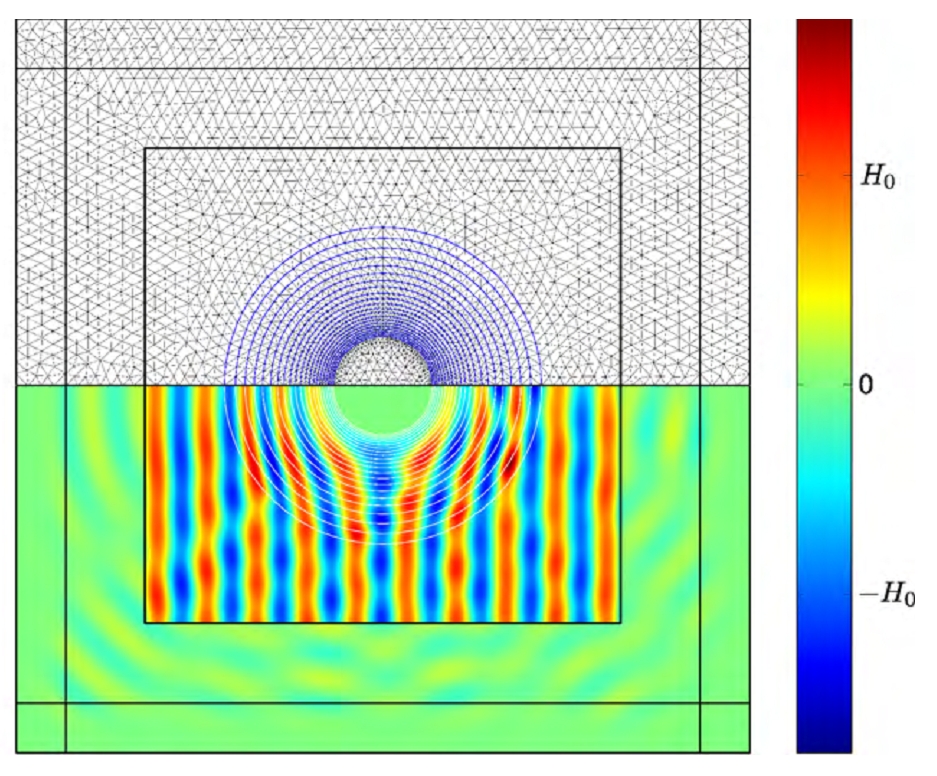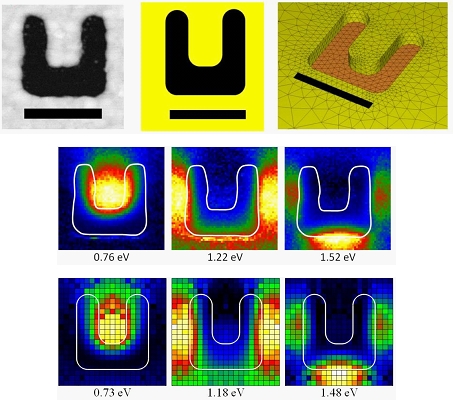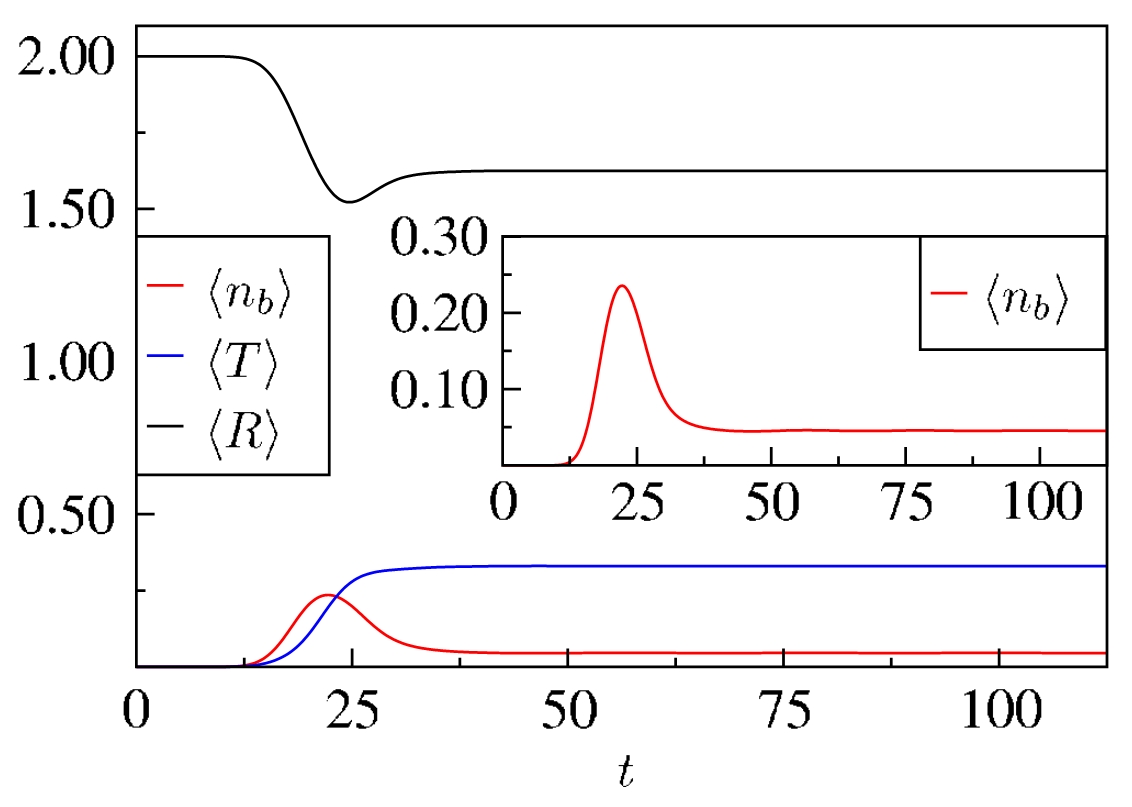A1.2: Light-Matter Interaction in Nano-Photonic Systems
Subproject Leader: Kurt Busch
Institut für Theoretische Festkörperphysik, KIT
Contributing Scientists:
Present: Marcus Diem, Michael König, Paolo Longo, Jens Niegemann, Lasha Tkeshelashvili
Metamaterials and Plasmonics
The relevant property of metals with respect to their optical response is the large density of free electrons. Under appropriate excitation conditions, these electrons undergo coherent collective oscillations relative to a rather immobile background of positively charged ions. The confined geometry provided by metallic nanostructures allows for the resonant enhancement of a discrete set of so-called particle plasmon resonances. These lead to large electric fields and strong field gradients which may be exploited for numerous applications such as surface- or tip-enhanced Raman-scattering, enhanced fluorescence, nano-antennas, and novel optical tweezers. Furthermore, U-shaped metallic nano-particles may be regarded as tiny electro-magnets whose resonances can be designed to operate at near-infrared or optical frequencies. These so-called split-ring resonators thus serve as the prototypical building blocks for novel materials that are based on entire arrays of such “artificial atoms”. The resulting metamaterials exhibit optical properties that simply do not occur in nature.
Discontinuous Galerkin Methods in Nano-Photonics
The above clearly demonstrates an elevated need for a quantitative theoretical understanding on various levels of sophistication. This include the choice of material models and approaches to improve the accuracy of representing the nanostructures’ geometries and associated electromagnetic fields. To address this challenge, we have taken up the Discontinuous Galerkin (DG) finite-element methodology and have developed a number of extensions for the application to nano-photonic systems (see our recent review [1]).
This novel simulation tools allows us to provide extensive support for the work of our experimental partners in subproject A1.5: Photonic Metamaterials. For instance, together with Martin Wegener’s group we have been able to quantitatively characterize the properties of individual split-ring resonators and their interaction [2,3]. Together with the group of W. Hergert (Dept. of Phys., University of Halle), we have adapted the DG-method to compute energy-electron loss (EEL) spectra from plasmonic nanostructures [4]. In cooperation with experimental partners (S. Linden, Dept. of Physics, University of Bonn), we have recently acquired spatio-spectrally EEL characteristics of split-ring resonators that complement corresponding optical spectroscopic data [5]. Specifically, this technique allows us to probe so-called (optically) dark modes that are relevant for the interaction of emitters with plasmonic structures.
Quantum Nano-Photonics
Modified light-matter interaction also lies at the heart of integrated functional nanostructures based on quantum-optical and even quantum opto-mechanical operation principles. More specifically, the reduced dimensionality of low-loss dielectric waveguides (including Photonic Crystal waveguides as studied in subproject A1.1: Theory of Photonic Crystal Structures and Concepts for Photonic-Crystal-Based Devices) and cavities enhances quantum interference effects and offers an obvious scalability and handling advantage of the resulting devices relative to many ordinary quantum-optical systems.
In collaboration with subproject B2.10: Time-Dependent Electron Transport through Nanostructures, we have developed a real-space real-time approach to the analysis of such systems and have shown that they may exhibit a strong effective optical nonlinearity on the few-photon level. By clarifying the relevant physical mechanisms for a single two-level system embedded within a waveguide, we have demonstrated that a single-particle photon-atom bound state can be excited via multi-particle scattering processes [6]. This leads to a robust trapping effect that will be useful for the control of photon entanglement in solid-state based quantum-optical systems as well as for the realization of novel quantum nano-optical devices based on several interacting quantum impurities.
References
[1] K. Busch, M. König, and J. Niegemann, Discontinuous Galerkin methods in nanophotonics, Laser & Photonics Reviews, DOI:10.1002/lpor.201000045 M. Husnik, M: W. Klein, N. Feth, M. König, J. Niegemann, K. Busch, S. Linden and M. Wegener, Absolute extinction cross-section of individual magnetic split-ring resonators, Nature Photonics 2, 614 (2008)
[2]
[3]
[4]
[5]
[6]
List of Publications 2006-2011 as PDF
Subproject Report 2006-2010 as PDF


